ABRAMSII ssp. PARVA (Rose & Davidson) Bartel, 1991
Synonym : Dudleya parva Rose & Davidson (1923)
Distribution : USA (California : W. Santa Monica Mts.); loamy grassland, 60 – 450 m, rare.
Differs from ssp. abramsii :
Roots thickened to ± 3 mm over 2 – 4 cm and irregularly torulose.
Stems to 3 – 5 cm x 2 – 7 mm, ± violet.
Rosettes 1 – 3 cm in diameter, with 5 – 10 leaves, often several times branched.
Leaves linear to oblanceolate, acute, usually 1.5 – 4 x 0.3 – 0.6 cm (basally 0.5 – 1.1 cm), slightly glaucous, esp. near the base becoming ± violet, vernal, drying up in the summer from tip to base and from the outside to the inside of the rosette.
Inflorescence : Scape erect, 5 – 12 (-18) cm, inflorescence usually with 1 – 2 simple ascending scorpioid branches, these 3 – 4 (-8) cm, with 5 – 8 (-12) flowers, pedicels erect, 1 – 3 mm.
Flowers : Petals elliptic-oblong, 8 – 12 x 2 – 3.5 mm, pale yellow, keel often striate with red, tube 1 – 2 mm, lobes acute, with slightly recurved tips.
Flowering time : May to June.
Cytology : n = 17
Differs from almost all other taxa of Subgenus Dudleya (except D. cymosa ssp. marcescens) by being completely leafless in the dry season (Moran 1948).
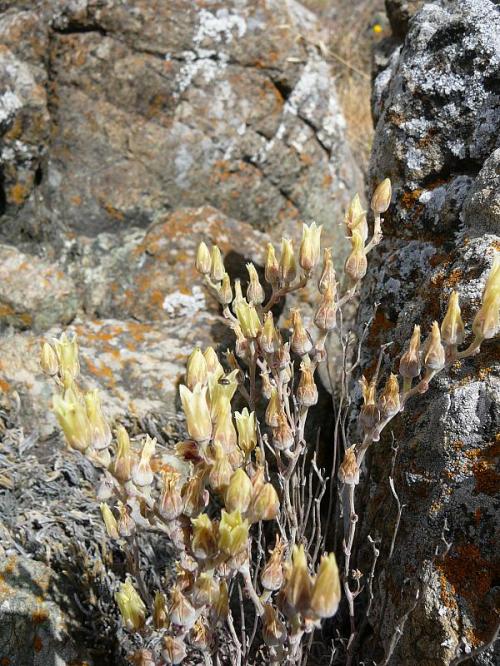
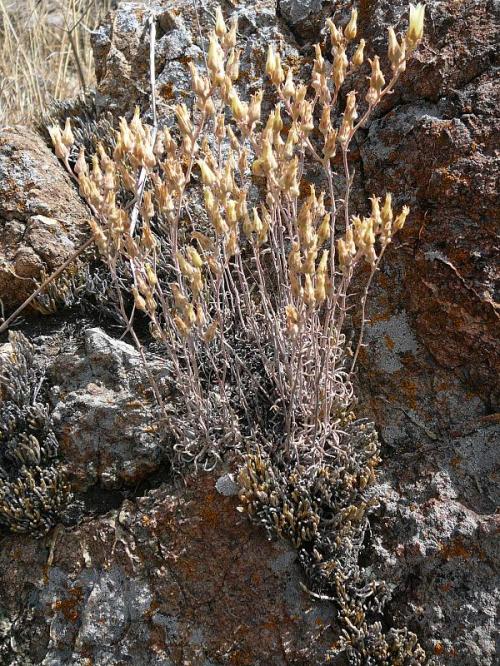
In habitat, McCrea Open Area in Thousands Oaks, in summer :
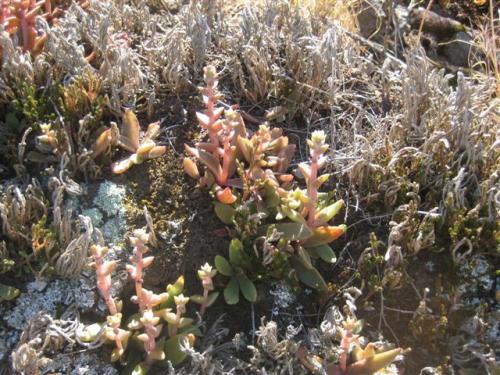
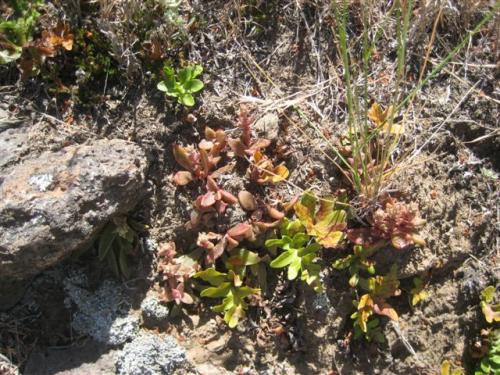
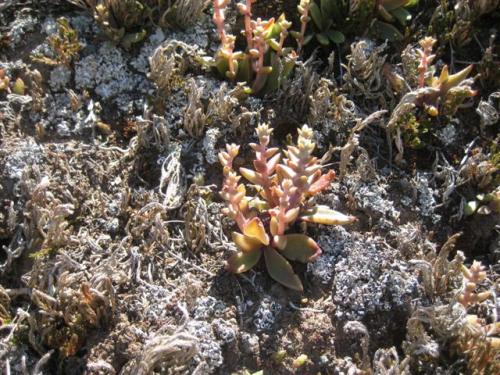
In Winter :
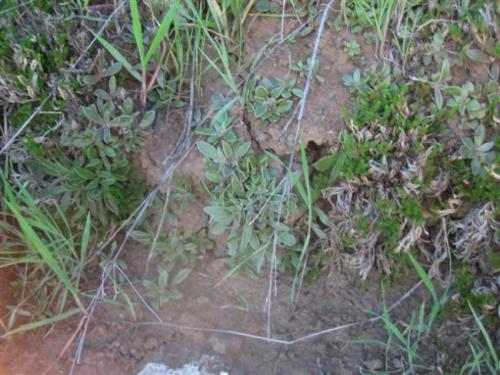
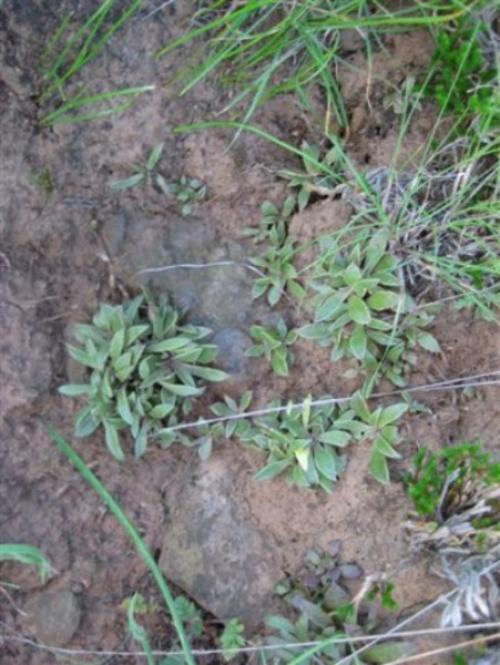
Photos Michael Wisnev